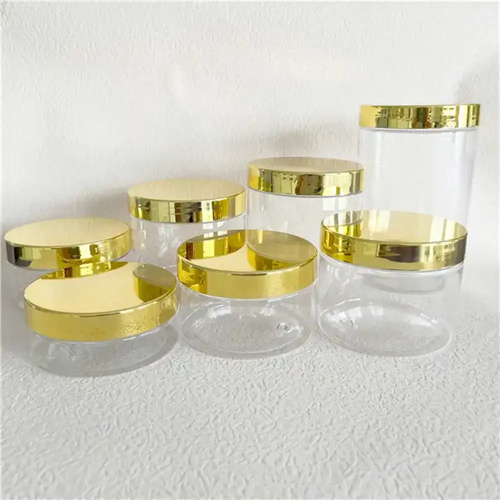Injection molding injection rate
During the injection molding process, injection rate is one of the key parameters that determine product quality. It directly affects the flow state of the melt in the mold cavity, the filling effect, and the physical properties of the final product. The injection rate refers to the volume or mass of the melt injected from the nozzle into the mold cavity per unit time. The selection of its size needs to be considered comprehensively in combination with multiple factors such as the characteristics of the raw materials, the structure of the product, and the mold design. For example, for engineering plastics with poor fluidity, if the injection rate is too low, the melt is prone to insufficient filling due to rapid cooling during the flow process, resulting in material shortages and unclear contours in the product. For thin-walled products, a higher injection rate can quickly fill the cavity and avoid molding defects caused by premature solidification of the melt.

The injection rate has a significant impact on the shear rate of the melt. When the injection rate increases, the melt flows faster in the runners and cavity, and the shear effect it experiences increases, which reduces the viscosity of the melt, resulting in shear thinning. This phenomenon is beneficial to the filling of the melt to a certain extent, especially for products with complex structures, as it can reduce flow resistance and ensure that the melt is evenly distributed to every corner. However, it should be noted that excessively high shear rates may cause thermal degradation of the melt, especially for heat-sensitive plastics such as PVC. The heat generated by excessive shearing can cause the material to decompose, resulting in problems such as bubbles and discoloration, affecting the appearance and performance of the product.

Different product types have significantly different requirements for injection rates. For large, thick-walled products, a lower injection rate is usually required to avoid internal stress caused by excessive internal pressure in the melt during the filling process, while allowing the melt enough time to cool and compact, reducing the occurrence of defects such as sink marks and depressions. Small, thin-walled products require a higher injection rate. Rapid filling can prevent the melt from solidifying before reaching the end of the cavity, ensuring the dimensional accuracy and surface quality of the product. In addition, for products with complex structures such as ribs and bosses, segmented injection rate control is also required, setting different rates in different filling stages to adapt to the flow requirements of the melt in different runner positions.

Adjusting the injection rate also requires coordination with the holding pressure phase. After the injection filling phase, the melt shrinks due to cooling within the mold. At this point, holding pressure is required to replenish the melt to ensure the density and dimensional stability of the product. If the injection rate is too high, the melt may prematurely form a solidified layer in the cavity, affecting the effectiveness of the filling phase, leading to shrinkage and deformation. Therefore, in actual production, multiple trials are required to determine the optimal injection rate curve to ensure a smooth transition between the filling and holding pressure phases.

With the continuous development of injection molding technology, modern injection molding machines have acquired the ability to precisely control injection rates. By employing advanced technologies such as servo motors and closed-loop control systems, real-time adjustment and precise control of injection rates are possible. Furthermore, combined with computer simulation software, engineers can simulate and analyze the melt flow state at different injection rates before production, predict potential molding defects, and adjust process parameters in advance, thereby improving production efficiency and product quality. For injection molding companies, mastering injection rate control techniques can not only reduce production costs but also enhance product competitiveness, gaining a favorable position in the fiercely competitive market.
